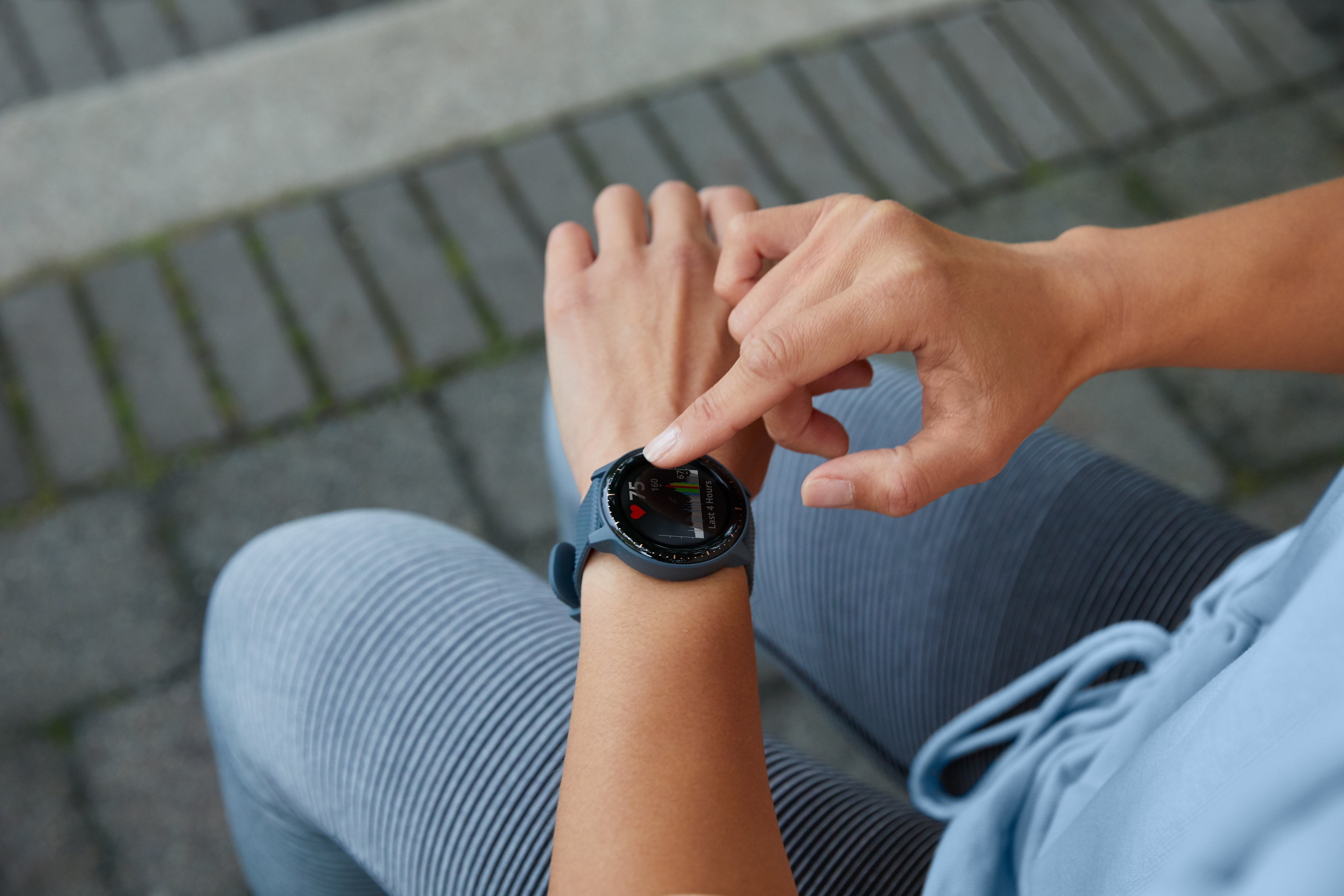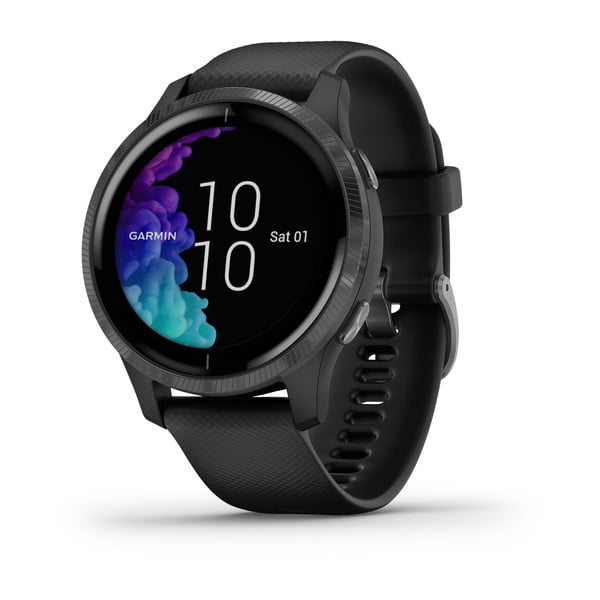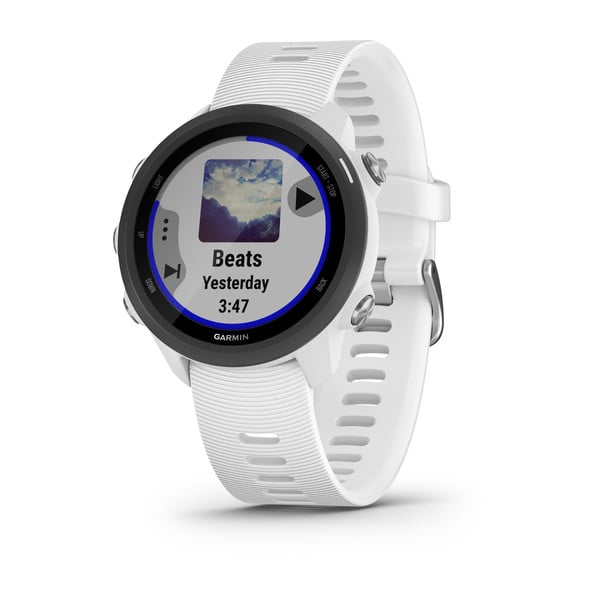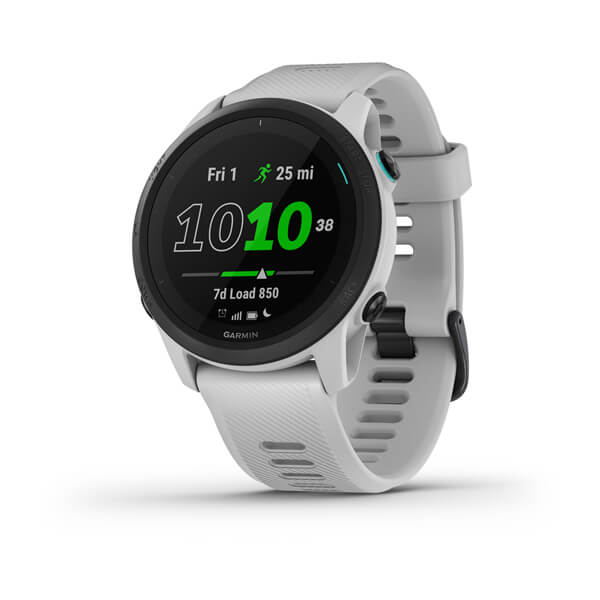
Finger On The Pulse: 5 Ways to Monitor Your Heart Rate
Monitoring your heart rate on a regular basis is a good idea in order to keep tabs on your training. Keep reading to learn more about the different ways of doing so.
Why should you monitor your heart rate?
Your heart rate is a good indication of how much effort you’re putting into a workout. Targeting different heart rate zones allows you to focus on burning fat or improving your stamina. By keeping an eye on your heart rate, you can avoid falling into the training traps of over- and under-exerting yourself. Putting you on the most direct path to your goals. Keeping your finger on the pulse should, therefore, form part of any exercise regime. That’s why heart rate monitoring is always a good idea, during each and every workout.
Endurance athletes, in particular, rely on their training pulse as a gage of their fitness level. Workouts at differing intensities are essential to make progress in this area. Interval training—short periods of moderate effort in the aerobic zone alternating with short periods above the anaerobic threshold—is a great way to get faster and develop stamina. The same applies to muscular endurance training techniques such as HIIT.
Heart rate and pulse – what’s the difference?
Heart rate =/= pulse. The heart rate (the number of times the heart beats per minute, or bpm) is only one aspect of the pulse. Other aspects include the regularity of the heart beats, the rate of pressure rise, the absolute pressure, and the filling volume. In a healthy individual, however, the heart rate is almost identical to the pulse, and so the terms are often used as synonyms.
Resting heart rate and maximum heart rate
There are two numbers you need to remember for the purpose of heart rate monitoring: the resting heart rate and the maximum heart rate. The resting heart rate is the value measured in a resting state, without any physical exertion. If you’re in a good state of health, it will generally be between 50 and 100 bpm. If you’re extremely fit, it might even be lower. The max heart rate is the bpm measured at maximum exertion. A simple rule of thumb for calculating this figure is to subtract your age from 220. More accurate values can be obtained by taking readings of your own heart rate or undergoing a performance test. Everyone’s heart works differently, after all.
Rule of thumb for calculating maximum heart rate
Men: 220 – age
Women: 226 – age
Heart rate monitoring techniques
There are some very simple manual methods for checking your pulse. And nowadays there are also activity trackers with integrated sensors that can automatically record your performance data. These modern devices supply more accurate values, which can help you to optimize your training. You can also wear them as watches and track variations in your heart rate over the course of an entire day.
The most popular heart rate monitoring techniques are listed below:
1. Checking your pulse at your wrist
This method involves checking your pulse on the inside of your wrist below the thumb. Press down lightly below the wrist joint using your forefinger and middle finger. Count how many times your heart beats within a 15-second period, and then multiply this value by four in order to find the number of beats per minute. The disadvantage of this method is the risk that you will quite literally be all fingers and thumbs: without the help of technology, it’s easy to make mistakes.
2. Checking your pulse at your neck
You can check your pulse at your neck by placing your forefinger and middle finger in the hollow between the windpipe and the large muscle in the neck. Press gently. Count how many times your heart beats within a 15-second period, and then multiply this value by four. People can often detect their pulse more easily at the neck, but as measuring methods go it’s still hardly what you would call cutting edge.
3. Checking your pulse with a stethoscope
Stethoscopes, like those used during physical examinations, can also be used to check the pulse by listening to the sound of the heart beating. The head of the stethoscope is placed directly on the skin in the chest area for a period of 15 seconds. The value obtained is multiplied by four. Medical practitioners are generally well versed at using these devices and getting an accurate reading from them.
4. Heart rate monitoring with a chest strap
Chest straps used to be the tool of choice for fitness enthusiasts who wanted to monitor their heart rate during workouts. The electrodes in the chest strap measure the electrical impulses given off by the beating heart and the resulting voltage differential between the left and right sides of the body. The data gathered by the strap is then transmitted wirelessly to a compatible device, for example, a heart rate monitor. Since the electrodes need to be as close to the body as possible, high-quality chest straps are generally made from soft fabric. If the heart rate sensor doesn’t seem to be working properly, it can help to moisten the chest strap with a little water.
5. Heart rate monitoring with a fitness tracker
Optical measurements are the most up-to-date way of checking your pulse. Dedicated sports watches have integrated optical sensors on their reverse which monitor heart rate. These sensors use LEDs and photodiodes. The LEDs shine light into the skin to a depth of a few millimeters, where it is reflected back by the blood. Using information about this reflected light, the watch calculates the blood volume flow rate and therefore your heart rate. Many fitness enthusiasts find a chest strap too constructing and therefore prefer to wear a sports watch. Smart fitness trackers such as the vívosmart 4 or the vívomove HR are designed to keep an eye on your long-term state of health as well as monitoring heart rate during workouts or daily life. They upload data to the Garmin Connect app so that you can review your individual figures and use them as a basis for optimizing your training regime.
What are the different heart rate zones?
Your body and circulatory system will be affected differently by workouts depending on the heart rate zone in which you are training. Maximum heart rate depends on a range of factors such as body weight, height, and individual fitness, but the following can be used as a rule of thumb:
- Healthy heart zone: 50 to 60% of maximum heart rate
Workouts in this zone target the cardiovascular system, making them a particularly good choice for fitness newbies. - Fat-burning zone: 60 to 70% of maximum heart rate
The body makes increased use of its fat stores in this heart rate zone. The cardiovascular system also gets a good workout. - Aerobic zone: 70 to 80% of maximum heart rate
If you’re in the aerobic training zone, you’ll feel like you’re working hard but could still dig a little deeper. The body fuels the workout by burning carbohydrates and fats. The cardiovascular system, the lungs, and the metabolism all benefit equally. - Anaerobic zone: 80 to 90% of maximum heart rate
Workouts in the anaerobic zone are particularly good for building muscles (for weightlifters) and boosting performance (for endurance athletes). Interval training involves spending short periods in the anaerobic zone. - Redline zone: 90 to 100% of maximum heart rate
A heart rate in this zone can be very dangerous! Experienced competitive athletes do short intervals of training at this energy-sapping intensity under professional supervision in order to refine their performance shortly before a big event.
The information provided through our blog or e-mails is not intended to be, and is not a substitute for, professional medical advice, diagnosis or treatment that can be provided by your own health care professional. Garmin is not attempting to diagnose, treat or cure any physical ailment, or any mental or emotional issue, disease or condition. Our blogs are intended to help you reach your own health and wellness goals.







